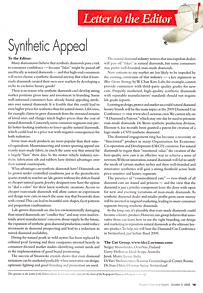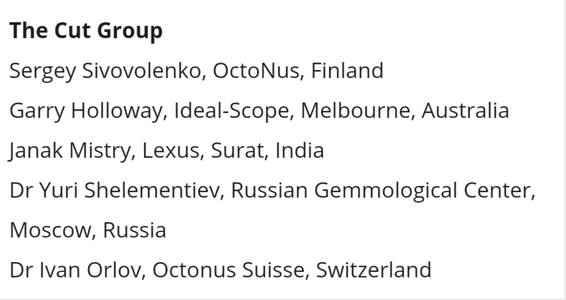- Joined
- May 24, 2021
- Messages
- 869
we are just in the beginnings which will really take off once LGD's carve their own paths and detach themselves from the historically erred natural modus operandi!
Please educate us further. I know I am not the only one here who would love to know more about your thoughts. You are in a position that few in the trade can duplicate.








300x240.png)